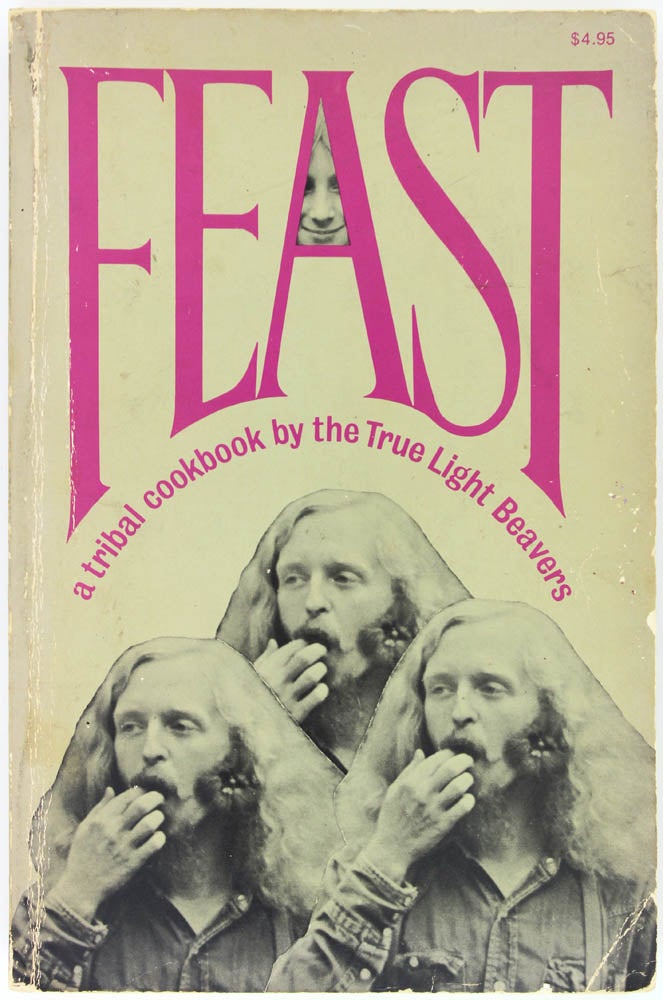If historic recipes are a form of folklore, what do the cookbooks from the American communes of the 1960s and 1970s tell us about the communards and their influence? Quite a bit, writes Stephanie Hartman. Her survey of these cookbooks points out that our current interest in the slow food movement and “clean” eating are offshoots of that original back-to-the-land movement. The cookbooks created by communes were often informed by a counter-cultural critique of industrial food practices.
What else can be gleaned from these free-wheeling texts? Hartman writes:
Commune cookbooks offer a window into the fascinating variety and inconsistencies of commune life. Not only do they allow us to reconstruct how commune residents lived, they also offer us the opportunity to consider the extent to which our own eating habits are aligned without our beliefs and perhaps why what we eat so often conflicts with who we think or hope we are.
Group cooking takes planning and coordination, so logistics, division of labor and gender roles, and economics all came into play. (One of the reasons vegetarianism became so popular was because it was much cheaper than eating meat.)
Of course, it wasn’t all about food. The recipe for “Brotherhood Spirit in Flesh Soup” for 130 people begins: “Get everyone together and get a good feeling between you. Work out anything and everything that lies unexpressed.” And after that hard work, start by filling two capacious pots with water… (Hartman includes the recipe and several others in her appendix).

Hartman notes that the cookbook most likely to be found in commune kitchens at the time was The Joy of Cooking. Still, the cookbooks produced by communes and individual communards were the “antithesis of both Betty Crocker and Martha Stewart.” Crescent Dragonwagon’s The Commune Cookbook (1972), for instance, mixed recipes—beef “heart in surprising sauce”—and political commentary, including the imperative of “liberating” food from the store. Dragonwagon also wonders “why consumers choose less healthy food; how ‘refined’ white flour and sugar imaginatively merged with social aspirations, and how the uniformity of perfect, artificially colored oranges symbolizes culture’s triumph over nature.”
Hartman’s favorite commune cookbook is Eat, Fast, Feast: A Tribal Cookbook of the True Light Beavers (1972). This 18-member “tribe” took their name from a thrift-store find: the second-hand jerseys of a Chinese-American Buddhist basketball team. “This is a genuine community cookbook that suggests playful rapport among people whose differences contribute to the group’s richness. The community is defined by generous, appreciated inclusiveness, rather than by the exclusion of a particular category of food.” The Beavers collected recipes for squirrel tagine and hash-infused “sacred honey,” among other dishes and concoctions.
Finding a strong steak of optimism amid all this, Hartman summarizes a lesson from these cookbooks that can still resonate at every gathering around a meal: “A good dinner represented communal life at its best; after working together everyone could reap its rewards.” She concludes, “These cookbooks remind us that living in a big world—a world we take in as sustenance and recreate through our choices about food—can be expansive. Whether they joke or rant or whisper, they encourage us to let the whole world in, to sit down together, and eat.”







